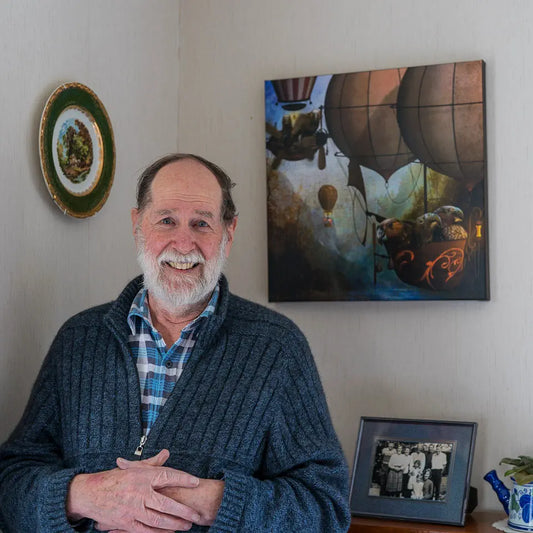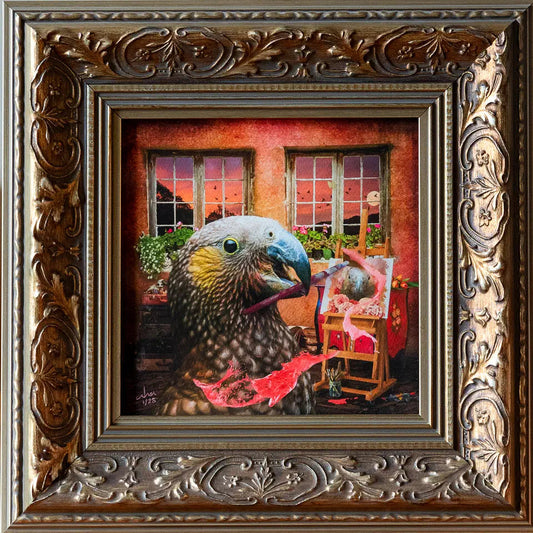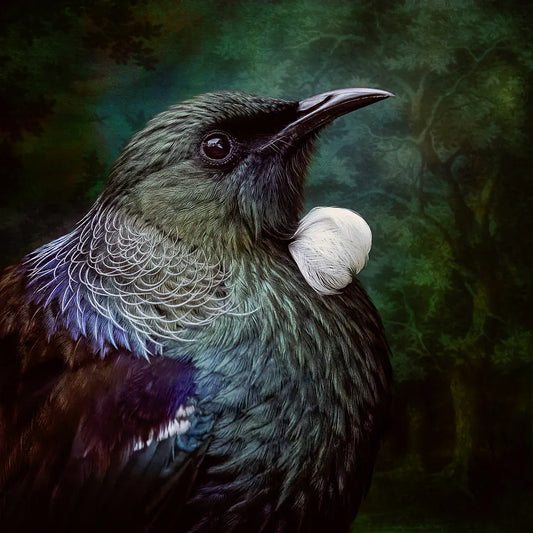
The peculiar case of the Pink Lady [updated]
Share
Some years ago now, a kākā kura (red-morph kākā) turned up at Zealandia. What was curious is that she had hatched at Zealandia, was banded, and was originally a normal-coloured kākā (find out more about the kākā kura in this earlier story…). To date, she's been the only kākā kura seen in the Zealandia population.

That is until a month ago, when the kākā kura's mum, Pinky-B, showed up with a pink head! She was obviously going through a moult and when I saw her again about a month later she was even pinker with perhaps some orange/burgundy tones in her brown feathers. Now I've known Pinky-B since 2008 when I first started nestbox monitoring, and she's always been a normal-looking kākā with a grey head, yellow-orange cheeks, grey-brown top feathers, and reddish underfluffies. Why now, after all these years, would she start turning pink?

I know I have a lot of vet, ornithologist, and bird researcher readers, so I'd love to know your thoughts as to why she'd be experiencing a colour change! My (possibly incorrect) understanding was that a colour morph was a genetic variation so we'd expect a morph to be that colour throughout its life span. Is there perhaps an epigenetic influence in the environment that's switching these genes on? Or is it perhaps a metabolic issue?
By way of comparison, here's a couple of photos showing the earlier kākā kura (daughter of Pinky-B), who was far more orangy-pink all over, and a normal-coloured kākā (other than the gold tummy feathers).


[UPDATE: 17 May 2023] I thought you might like an update to this story. As of May 2023, Pinky-B is still with us, is still pink, and is now our oldest known kākā in the Zealandia population. I took this photo of her 11 March 2023 as she was jumping down from a branch onto a perch. I was aiming to capture the colours underneath her wings, which are relatively normal colours for a kākā. It's her body and head colours that have turned a pink shade. She is still breeding, though with smaller clutch sizes, and raised just the one chick this season. Curiously, her nickname of "Pinky-B" was not due to her colour, but named by her nest monitor Lynn Freeman after the local actress and comedian Pinky Agnew.

- First published 23 June 2021
- Updated 17 May 2023



